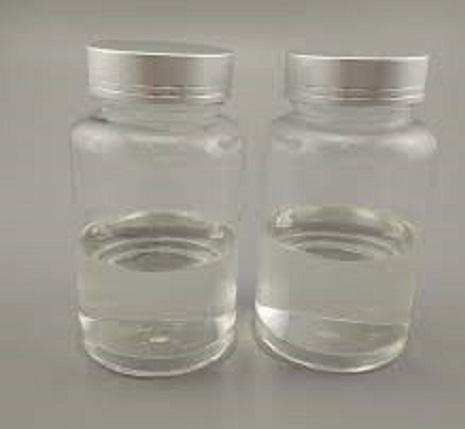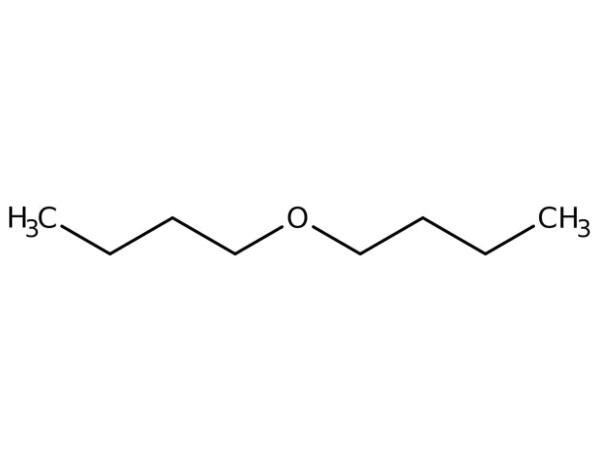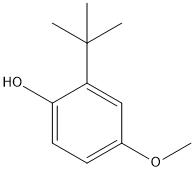Uses of Butylated hydroxyanisole
Dec 1,2021
Butylated hydroxyanisole (BHA) is an antioxidant consisting of a mixture of two isomeric organic compounds, 2-tert-butyl-4-hydroxyanisole and 3-tert-butyl-4-hydroxyanisole. It is prepared from 4-methoxyphenol and isobutylene. It is a waxy solid used as a food additive with the E number E320. The primary use for BHA is as an antioxidant and preservative in food, food packaging, animal feed, cosmetics, rubber, and petroleum products.
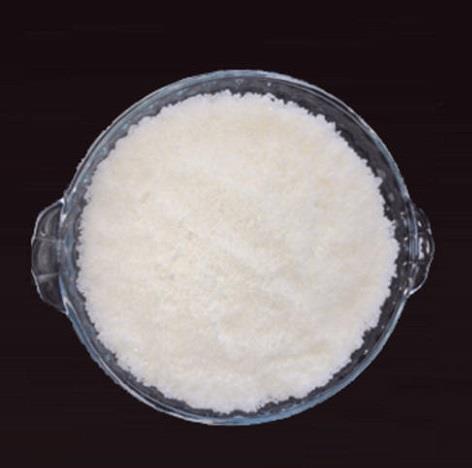
Uses
Butylated hydroxyanisole (BHA) is used as an antioxidant and food preservative; it is also used in cosmetics, pharmaceuticals, and rubber and petroleum products.
Properties
Butylated hydroxyanisole is a white or slightly yellow, waxy solid with a characteristic
odor. It is insoluble in water, but soluble in fats, oils,
and solvents like petroleum ether, chloroform, and alcohol.
Its octanol/water partition coefficient is 3.50; vapor pressure is
2.48×10-3 mm Hg at 25°C; and Henry’s law constant is
1.17×10-6 atm-m3 mol-1.
Environmental Fate
Butylated hydroxyanisole is released into the environment through waste streams. It has low soil mobility and volatilizes slowly from water. It may bioconcentrate in aquatic organisms, adsorb to sediment, and be subject to direct photolysis.
Research
Research The U.S. National Institutes of Health report that BHA is reasonably anticipated to be a human carcinogen based on evidence of carcinogenicity in experimental animals. In particular, when administered in high doses as part of their diet, BHA causes papillomas and squamous cell carcinomas of the forestomach in rats and Syrian golden hamsters.
In mice, there is no carcinogenic effect;in fact, there is evidence of a protective effect against the carcinogenicity of other chemicals.When examining human population statistics, the usual low intake levels of BHA show no significant association with an increased risk of cancer.
The state of California has, however, listed BHA as a carcinogen.The European Commission has conducted an evaluation of literature. They noted the lack of potential for the compound to induce carcinogenic effects in humans; studies showing carcinogenic effects in hamsters are not relevant to humans (which lack a forestomach). Also noted is that endocrine disruption, if any, is only likely to be present at levels vastly exceeding the intake as a food.
- Related articles
- Related Qustion
- Butylated hydroxyanisole: metabolism, hazards and applications in foods Jun 29, 2023
BHA is a widely used antioxidant in food products, preventing oxidative reactions and maintaining the quality of various foods during processing and storage. However, it has some potential hazards.
Butyl acrylate is a chemical intermediate manufactured and processed almost entirely within closed systems to produce homopolymers and copolymers with little remaining monomer (<0.1 wt%).....
Dec 1,2021Organic ChemistryButyl ether is used mainly as a solvent for organic materials such as resins, oils, hydrocarbons, esters, gums, and alkaloids. It is also used as an extracting agent in metal separation, as a reacting medium in organic synthesis processes,....
Dec 2,2021Organic ChemistryButylated hydroxyanisole
25013-16-5You may like
Butylated hydroxyanisole manufacturers
- Butylhydroxyanisole
-

- $50.00 / 1g
- 2025-11-07
- CAS:25013-16-5
- Min. Order:
- Purity: 99.70%
- Supply Ability: 10g
- Butylhydroxyanisole
-

- $50.00 / 1g
- 2025-11-07
- CAS:25013-16-5
- Min. Order:
- Purity: 99.70%
- Supply Ability: 10g
- Butylated hydroxyanisole
-
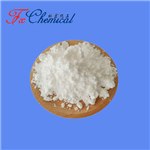
- $0.00 / 1KG
- 2025-11-06
- CAS:25013-16-5
- Min. Order: 1KG
- Purity: 98.0%
- Supply Ability: 1000kg/month




